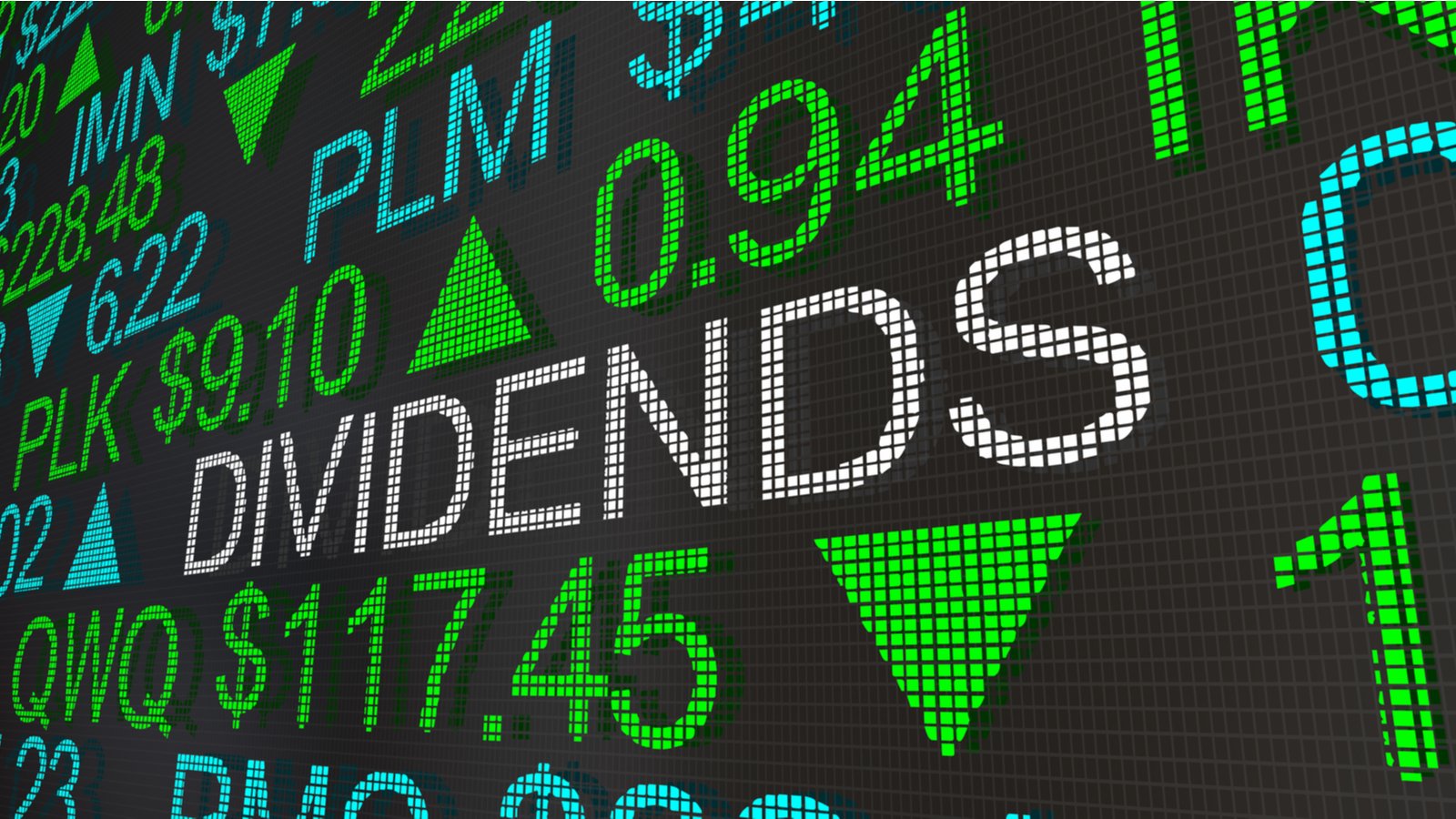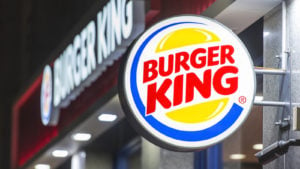
For investors seeking stable, reliable stocks for retirement, it’s worth focusing on companies that offer long-term investors a secure income. The stocks on this list of retirement-worthy picks all pay out reasonable dividend yields. However, despite their stability, these companies also provide their fair share of innovation and excitement.
Building a portfolio for retirement isn’t a one-size-fits-all task. Consideration must be given to an individual’s career stage, whether approaching peak wealth or eyeing retirement after 50. Age alone doesn’t suffice; the remaining active income horizon matters. Regardless of career variations, the shared goal is to safeguard earnings.
I would grade each of these stocks a buy now and would recommend investors at least place these companies on their watch list. Let’s dive into what makes these companies worth considering as long-term holds.
Restaurant Brands (QSR)

Restaurant Brands International (NYSE:QSR) is among the leading fast food companies in the world. Yet, many investors don’t have this company on their radar.
The stock price’s upward trajectory in recent years is bolstered by a robust portfolio of banners including Burger King, Popeye’s, Firehouse Subs, and Tim Horton’s. Amid a successful multi-year rebrand of Burger King and Tim Hortons’ leading status in Canada, the company’s Q3 results revealed positive trends.
In the pandemic and previous periods of high inflation, consumers sought affordable fast food instead of dining out. With improving sentiment, Restaurant Brands stands to benefit as people spend more on their favorite food outlets. Thus, in a positive or negative economic environment, this is a stock that can excel. And that’s the kind of stability retirees should be looking for..
Priced around $70 per share, I believe QSR stock is undervalued relative to its substantial growth potential. Despite a 7% year-to-date (YTD) increase, it remains below the 2019 all-time high of $78 per share. That’s despite JP Morgan (NYSE:JPM) raising its price target to $74 with a buy rating.
The company’s most recent earnings report was strong. In fact, Restaurant Brands reported earnings per share of 90 cents, surpassing expectations of 86 cents. True, revenue slightly missed estimates at $1.84 billion compared to $1.87 billion. However, the company has strong growth of a 6.4% sales increase and strong 7% same-store sales growth year over year (YOY). Those indicate that Restaurant Brands’ demonstrated, long-term growth trajectory is intact. The stock has seen a near 20% rise in the past 12 months. Investors should anticipate a stronger fourth quarter with upcoming holidays and the travel season.
PepsiCo (PEP)

PepsiCo (NASDAQ:PEP) offers an above-average dividend, with a 3% yield of $1.27 per share quarterly. As a “Dividend Aristocrat,” it has increased payments for over 25 consecutive years.
Boasting strong financials and growth, PepsiCo recently reported Q3 earnings per share of $2.24 and revenue of $23.45 billion, surpassing analyst expectations. Some experts believe the company could even be poised to overtake Coca-Cola (NYSE:KO) as the largest U.S. beverage company by market value. I don’t know if I’d go that far, but Pepsi is the superior growth play among the two.
Despite a recent 6% YTD decline, PEP provides an attractive entry point for investors. PepsiCo displayed a positive shift with a 6.7% YOY revenue increase, totaling $23.45 billion. Its resilience is evident in non-GAAP earnings per share at $2.25, surpassing expectations by 10 cents. Emphasizing innovation, PepsiCo introduced Ghost Kitchens for efficient hot food delivery and adopted eco-friendly practices in its delivery trucks.
With a recent pullback to $169, PEP stock presents a favorable buying opportunity. Additionally, the stock offers a dividend distribution that’s remained consistent or grown for over 25 years. Therefore, this makes it an attractive choice for both passive income and capital growth over a decade.
Fortis (FTS)

Fortis (NYSE:FTS), renowned for its wide reach and steady income model, resiliently navigates rising global interest rates. With a $27.6 billion market cap, its stock impressively surged over sixfold since 2000, affirming lasting market strength. Marking five decades of annual dividend hikes, Fortis prioritizes shareholder returns. FTS addresses financial challenges with a robust strategy.
Despite a debt ratio surpassing 56%, the company safeguards against liquidity concerns with substantial liquid assets. Fortis holds nearly $5 billion dollars in cash and credit facilities.
Valued attractively with a price-earnings ratio of 18-times, Fortis remains a top-notch way for investors to play the utilities space. Indeed, while utility stocks have been beaten down, a declining rate environment could bolster this stock once again. The company is actively pursuing a five-year, $25 billion strategic investment program. Thus, it’s a company intent on growing its earnings faster than its dividends. And over the past 50 years, Fortis hasn’t missed the opportunity to do so, making it among the best dividend growth stocks in the market.
On the date of publication, Chris MacDonald has a LONG position in QSR. The opinions expressed in this article are those of the writer, subject to the InvestorPlace.com Publishing Guidelines.






